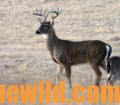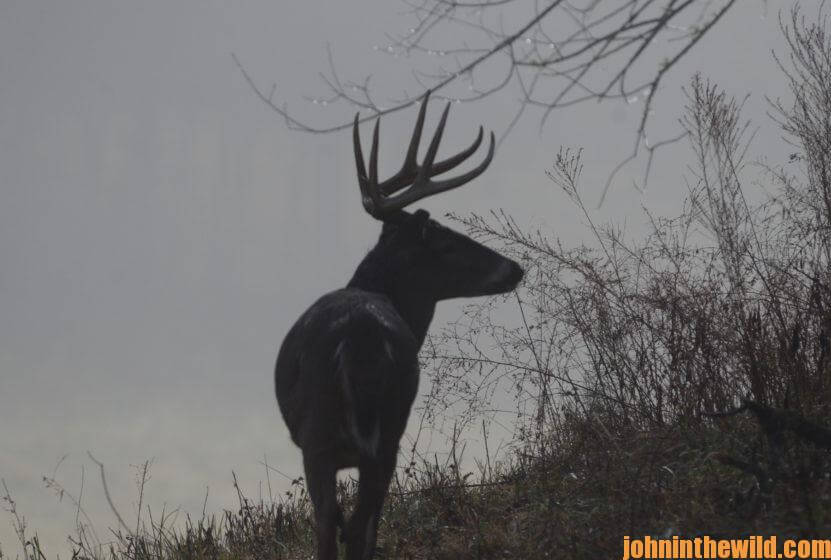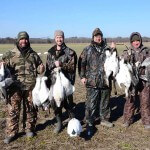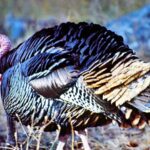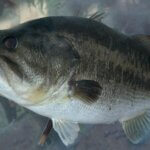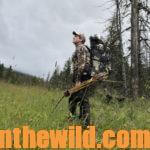Editor’s Note: If Jim Crumley of Roanoke, Virginia, longtime avid deer hunter and the founder of Trebark Camouflage, plans to hunt land opening week of deer season he’s never hunted before, as soon as he obtains permission to hunt that property, he spends as much time as possible in the woods to learn as much as possible about the woods he plans to hunt well in advance of deer season.
Jim Crumley wants to learn the location of the:
* potential food trees and other food sources;
* agricultural fields; and
* deer that likely will approach those fields.
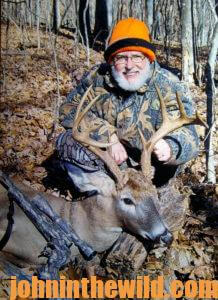 “When deer season arrives, then six weeks before, I’ll already know if this region will have an acorn crop by seeing the green acorns on the trees. I’ll have learned when the farmer plans to cut his crops on which the deer feed as well as where the deer will feed after their early food sources disappear.”
“When deer season arrives, then six weeks before, I’ll already know if this region will have an acorn crop by seeing the green acorns on the trees. I’ll have learned when the farmer plans to cut his crops on which the deer feed as well as where the deer will feed after their early food sources disappear.”
For a preseason scout plan to work, pinpoint not only where the deer will feed and bed during the opening week of bow season but also where and what the deer will eat once that food supply gets depleted. “If you stock your freezer for a month, you have an idea of what you’ll eat first, what you can eat midway through the month, and what you’ll have left to eat at the end of the month,” Crumley says. “You’ll set your menus accordingly. Deer generally follow that same timetable. When a primary food source disappears, they already have other food sources identified that they can eat. By understanding the different types of foods the deer will feed on as they deplete their primary food source, you can predict where and when deer will feed the opening week of deer season.”
If you don’t know the deer’s food timetable, talk to your local department of conservation’s district wildlife biologist where you plan to hunt. This wildlife specialist can tell you the deer’s food sources and the order in which the deer will feed on those food sources in the area you plan to hunt. Deer eat 300+ different foods, including:
* browse – young leaves, tender shoots and twigs, plants and vines;
* forbs – weeds;
* legumes – pulses;
* grasses – hay, Spanish Moss;
* nuts, acorns;
* fruits;
* corn, grain; and
* mushrooms.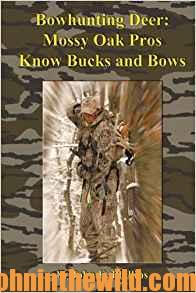
To learn more about hunting for deer, check out John E. Phillips’ bowhunting books, available in Kindle, “Bowhunting Deer: Mossy Oak Pros Know Bucks and Bows” (http://amzn.to/1QGvdQx) and “Bowhunting Deer: The Secrets of the PSE Pros” (http://amzn.to/VBr1qW).
Tomorrow: Choose Morning and Evening Stands Where You’ll Hunt Deer


